The promise of self-driving vehicles has long captured the imagination of technologists and the public alike. With the potential to reduce traffic accidents, ease congestion, and create a more efficient transportation system, autonomous cars seem poised to revolutionize the way we travel. However, despite the excitement surrounding this technology, it’s far from perfect. Many frustrations and challenges have emerged as self-driving vehicles are tested on real roads, from technical limitations to significant safety concerns. These issues are a reminder that while progress is being made, self-driving cars are still a work in progress.
At the heart of these frustrations are key hurdles such as the inability to handle complex urban environments, weather-related challenges, and the high cost of implementation. As technology advances, so do concerns about data privacy, cybersecurity, and ethical decision-making. Public trust, too, remains a major obstacle, with many people feeling uneasy about surrendering control to an AI. For self-driving cars to truly become a part of everyday life, these frustrations need to be addressed through further innovation, clearer regulations, and open conversations about the role of autonomous vehicles on our roads.
Contents
Safety Concerns
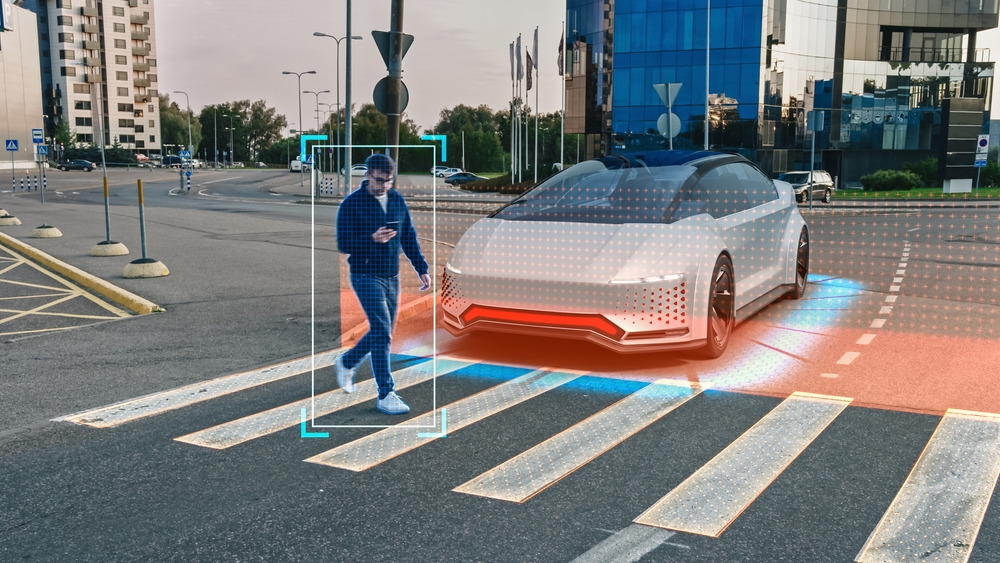
While autonomous vehicles aim to reduce human error, safety concerns remain a significant frustration. Incidents involving self-driving cars, including collisions and failures in emergency scenarios, raise doubts about their readiness. The unpredictability of real-world environments and rare edge cases often challenge the AI’s decision-making ability. Until these systems demonstrate consistent, foolproof responses across all situations, safety will remain a major hurdle for widespread adoption. This emphasizes the need for further technological advancement and real-world testing before public confidence can be fully established.
Cost

The high cost of self-driving technology is another barrier. Autonomous systems rely on advanced sensors, cameras, lidar, and software, driving up the price of the vehicles. This makes them accessible primarily to wealthy consumers or companies, limiting widespread adoption. Additionally, maintaining and updating these systems also adds to the expense. Reducing these costs will require large-scale production and further technological advancements, but until then, self-driving cars will remain financially out of reach for many consumers.
Technical Limitations
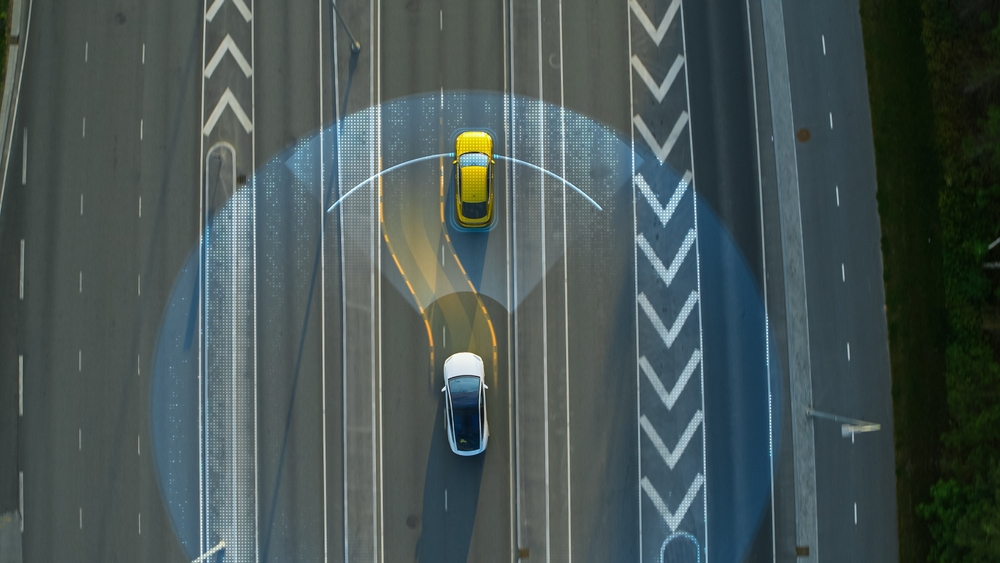
Despite the progress made, self-driving cars still have notable technical limitations. These include challenges with recognizing objects, making complex decisions in real time, and adapting to sudden changes in the environment. For example, distinguishing between a plastic bag on the road and a more dangerous object can be difficult for the technology. These limitations highlight the need for ongoing research and development to enhance AI capabilities, enabling the technology to handle unpredictable situations with more human-like judgment.
Complex Urban Environments
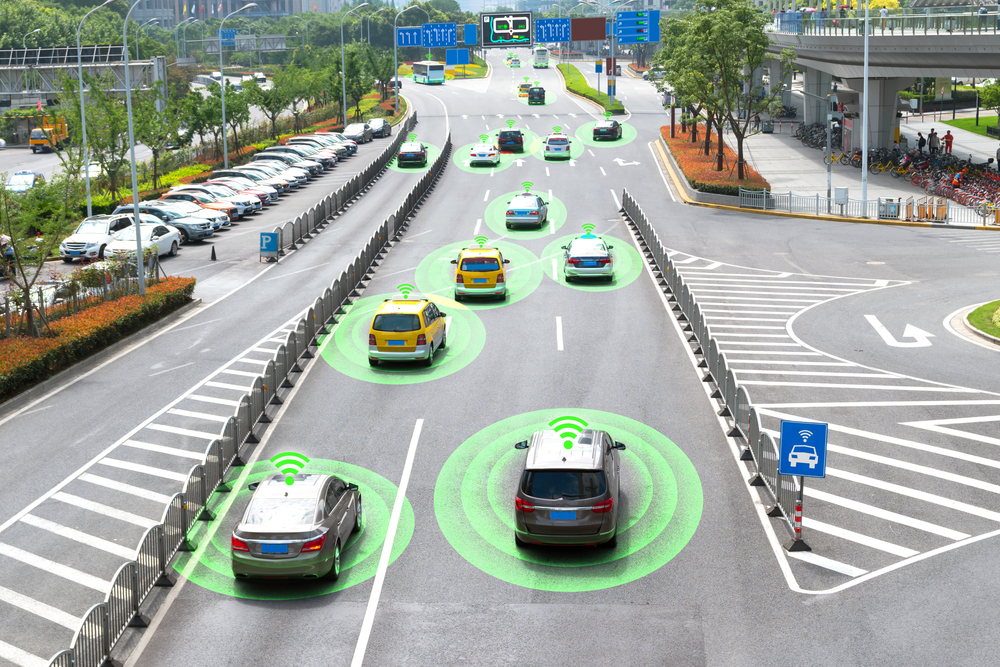
Navigating dense urban areas with unpredictable variables, such as pedestrians, cyclists, and erratic traffic patterns, poses a significant frustration for self-driving cars. These environments demand split-second decisions that AI systems are not yet consistently equipped to handle. The complexity of merging, yielding, and responding to non-standard road layouts further complicates this issue. Mastering urban driving will require self-driving technology to advance in both decision-making speed and flexibility, underscoring the gap between current capabilities and widespread adoption.
Weather Dependency
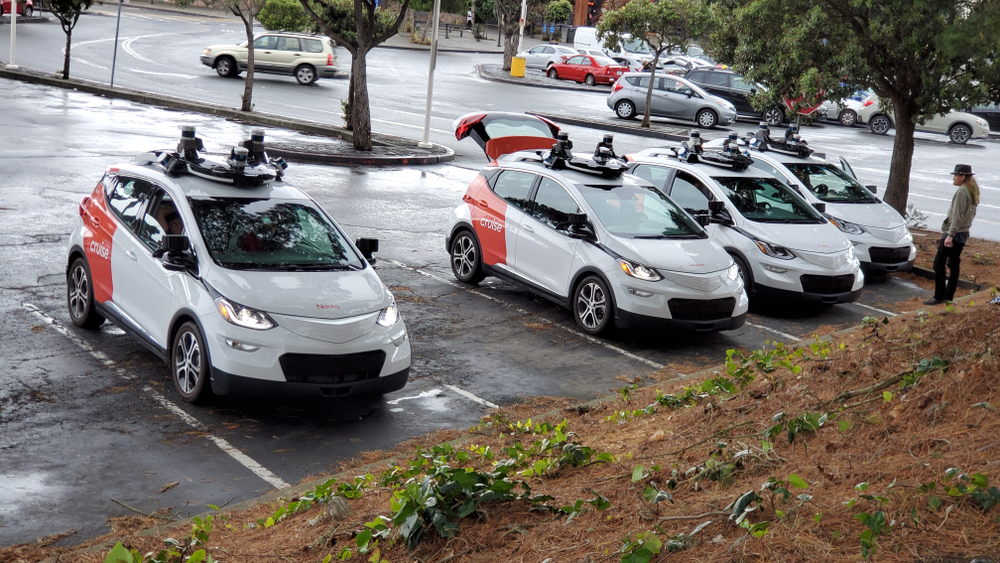
Autonomous vehicle technology struggles in adverse weather conditions such as heavy rain, snow, and fog. These conditions can obstruct sensors and cameras, making it difficult for the system to detect road markings, obstacles, and other vehicles. Unlike human drivers, who can adapt to changing weather patterns, self-driving cars are more likely to experience significant challenges in these scenarios. Solving weather-related limitations will be crucial for self-driving cars to function reliably across all climates and environments.
Legal and Ethical Issues
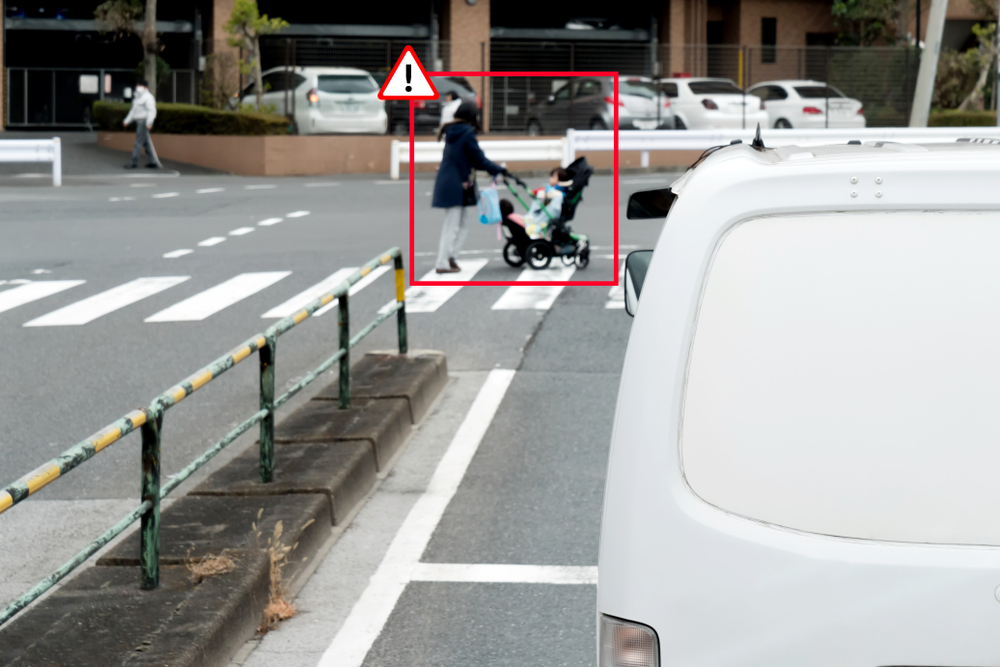
The legal and ethical implications of self-driving vehicles are still a significant frustration. Questions around liability in case of accidents, data privacy, and decision-making in life-or-death scenarios (such as choosing between two harmful outcomes) are not fully addressed. These uncertainties prevent the creation of a clear regulatory framework. Governments and lawmakers need to establish comprehensive guidelines that balance technological innovation with public safety, ensuring that ethical standards are upheld.
Data Privacy Concerns
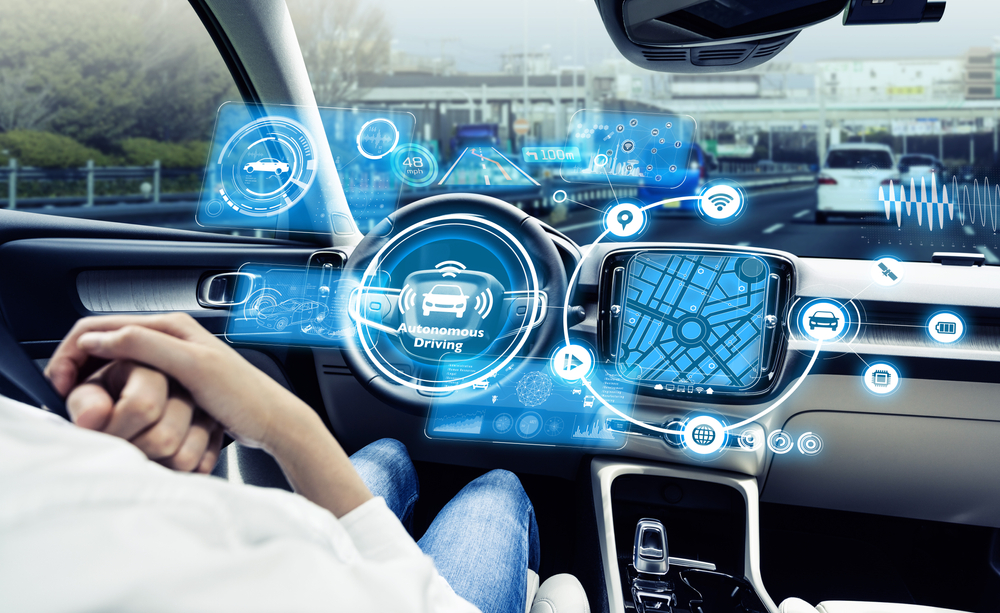
Autonomous vehicles collect vast amounts of data, including driving patterns, location information, and even passenger details. While this data is essential for improving system performance, it also raises privacy concerns. Who owns this data, how it’s used, and how it is protected are major questions that consumers need answers to. Without clear regulations and guarantees for data security, public trust in self-driving technology will remain low, hindering its broader acceptance.
Cybersecurity Risks

Self-driving cars are vulnerable to hacking, and the potential for cyberattacks is a growing concern. A vehicle’s autonomous systems could be exploited, potentially leading to dangerous situations such as taking control of the car or manipulating its behavior on the road. Ensuring robust cybersecurity measures is vital to protect both the vehicle and its passengers. Until cybersecurity risks are adequately addressed, this concern will continue to hinder the adoption of self-driving technology.
Limited Infrastructure Compatibility
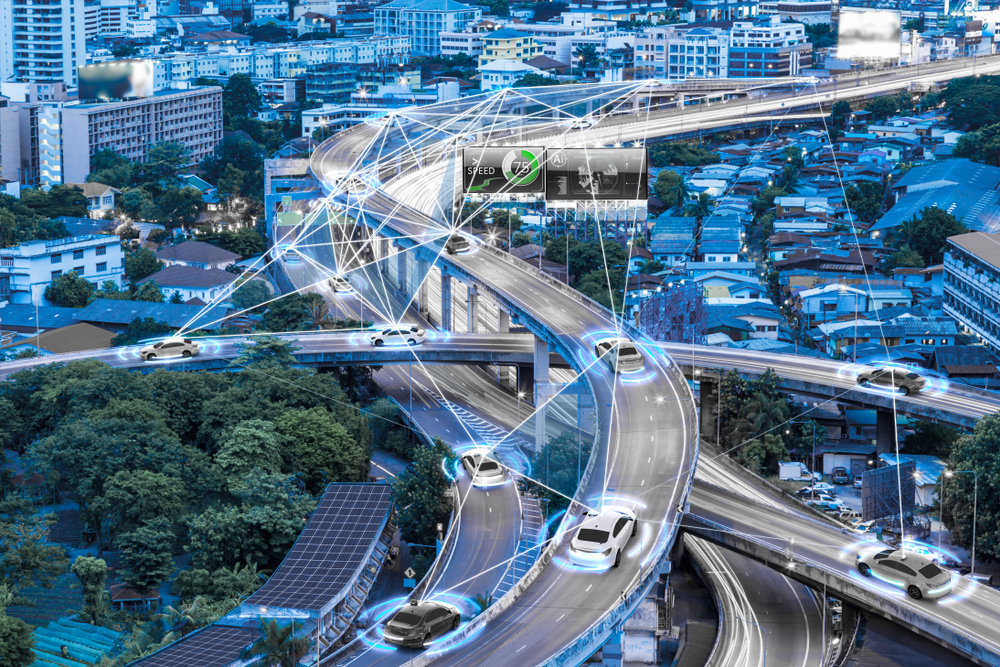
Current road infrastructure is not always compatible with the needs of self-driving cars. For example, inconsistent road markings, lack of clear signage, or outdated traffic lights can confuse the vehicle’s sensors, leading to errors in navigation. In some areas, infrastructure upgrades will be necessary for self-driving cars to operate safely and efficiently. This frustration emphasizes the need for widespread collaboration between technology developers, city planners, and governments to ensure infrastructure can support this new form of transportation.
Public Trust and Acceptance
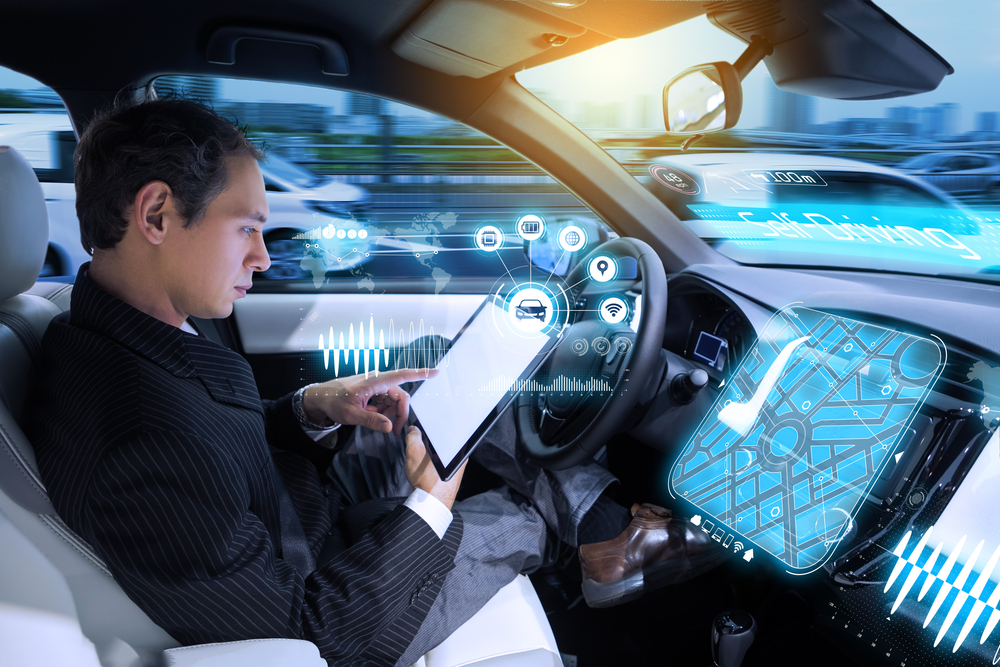
Perhaps one of the most significant barriers to the adoption of self-driving cars is the public’s lack of trust. Many people are skeptical about surrendering control to an AI, especially when it comes to navigating the unpredictable conditions of the road. High-profile accidents involving autonomous vehicles have further eroded public confidence. Building public trust will require consistent demonstrations of safety, transparency in the technology, and effective communication from companies and regulators, showing that self-driving cars can be as reliable, if not more so, than human drivers.
This article originally appeared on MyCarMakesNoise.
More from MyCarMakesNoise
20 Popular Cars That Became Cultural Symbols

Throughout history, certain car models have achieved legendary status, becoming more than just a means of transportation. These vehicles embody the essence of their eras, capturing the imagination of enthusiasts and casual observers alike. Read More.
15 Luxury Cars That Didn’t Live Up to Their Price Tag

When it comes to luxury cars, buyers expect a perfect blend of performance, cutting-edge technology, and high-end materials to justify their premium price tags. However, not every luxury vehicle lives up to these lofty expectations. Read More.
10 Hidden Costs of Collecting Vintage Motorcycles

Collecting vintage motorcycles can be a thrilling and rewarding hobby, offering the chance to own pieces of history that carry both aesthetic and sentimental value. However, the allure of these classic machines often comes with hidden costs that many enthusiasts overlook when they first begin. Read More.














